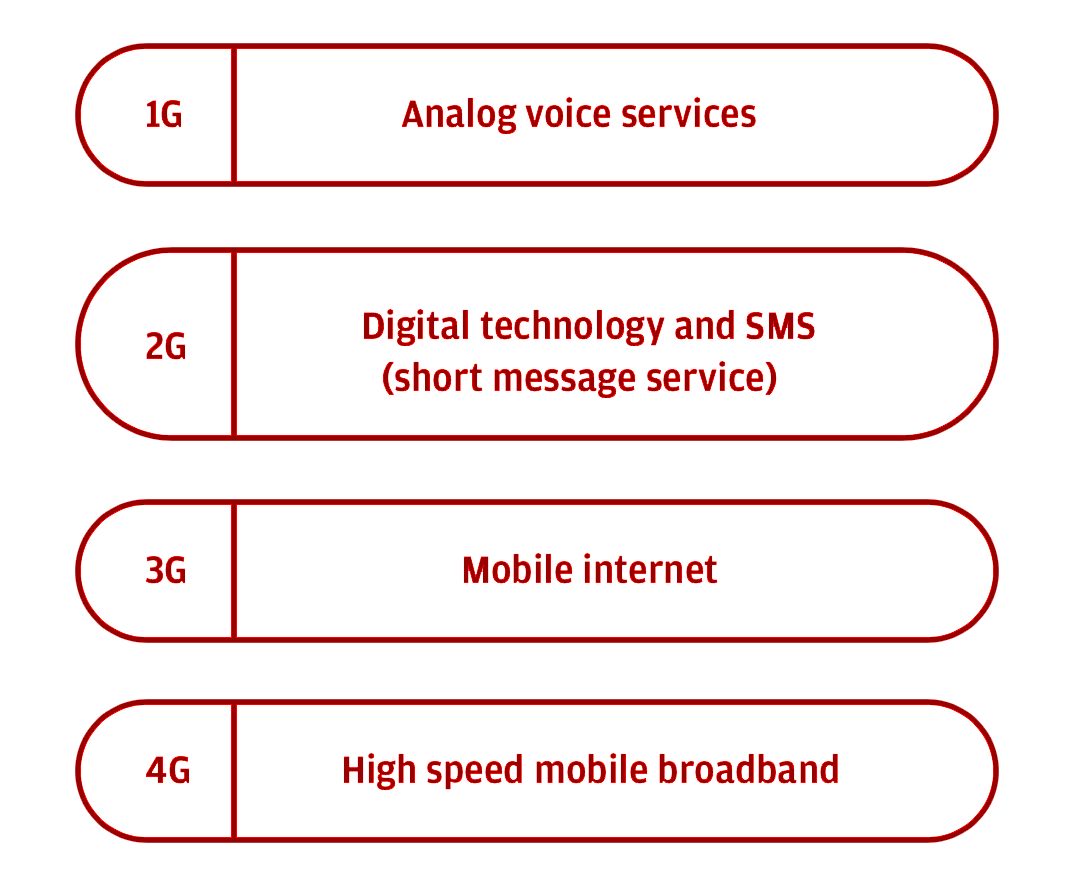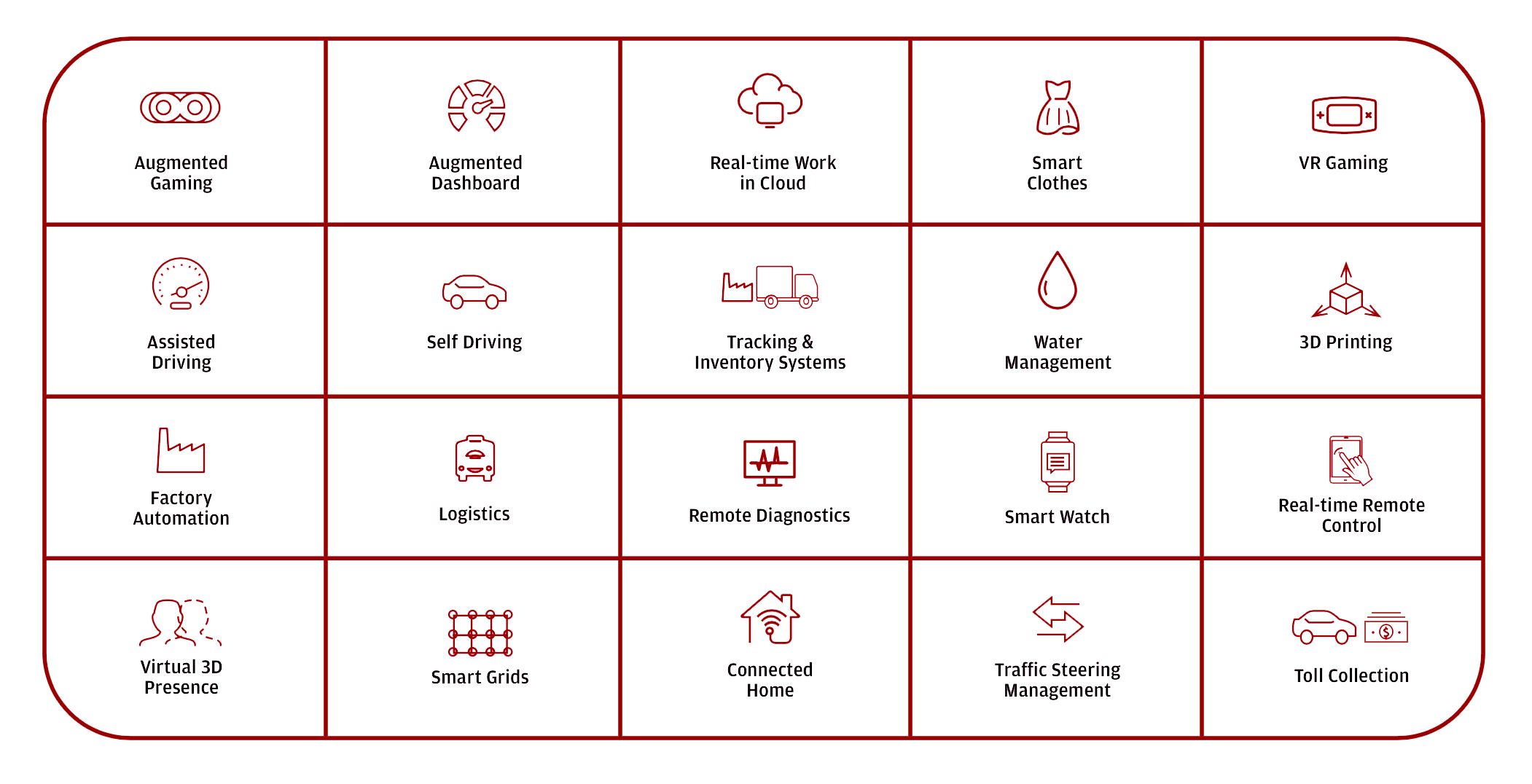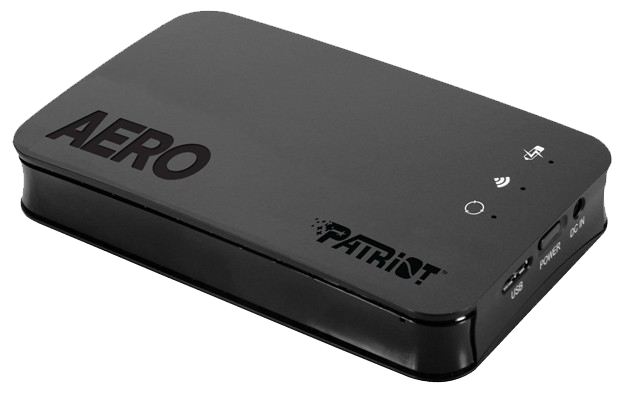Mobile networks have rapidly evolved over the last three decades, maturing from first generation networks in the 1980s to the current digital-based fourth generation (4G) networks. The latest technology powered mobile phones to stream high-definition videos and support apps like FaceTime – but the next step is less obvious to the average consumer.
Generational Shifts


The rationale behind the move to 5G – the next generation wireless technology standard – is to not only enhance mobile network capabilities such as virtual reality, but to support factory automation, autonomous driving, smart cities and tactile internet.
The evolution from 2G to 3G and 3G to 4G was all about faster data bandwidth to enable the rise of mobile broadband. The evolution from 4G to 5G is not all about increasing data throughput only, but of enabling a world of mobile applications in multiple end markets from utilities to driving, to gaming, virtual reality, broadcast and the industrial market.
– Sandeep Deshpande Head of European Technology, J.P. Morgan
5G and the Consumer
What does this mean for the consumer and our mobile phones? Initial 5G commercial deployments in 2019 by large carriers such as EE will focus primarily on speed, mobility, latency and area traffic capacity that would enhance existing video and audio experiences by taking them to a new level – such as 360-degree video streaming.
But besides this, not much for a long time, according to Philip Cusick, head of U.S. Telecom Services and Communications Infrastructure Research at J.P. Morgan.
“Your phone may work incrementally better and perhaps you’ll be able to download a movie in 10 seconds, but the real power behind 5G is its power to transform enterprise,”
– Philip Cusick
5G networks are coming into existence over the next twelve months. While Apple announced it would launch a new 5G iPhone to market by September 2020 and 5G Android phones have already started to pop up, the majority of users will notice more incremental rather than transformative change. Unlike the massive difference users noticed between 3G and 4G, which enabled the easy consumption of photos, video and mobile streaming – 5G is less about mobile speed (though phones will continue to get faster) than about opening up new wireless applications.
The Internet of Things
Instead, some of the greatest opportunities lie in powering businesses and municipalities to automate objects in our lives that have never been economical to connect before – from things as simple as parking meters and lightposts to complicated ones such as factory robots – because the technology can cost-effectively process immense amounts of data.
5G use cases are broad in nature and much debate exists around which of them are actually feasible in the near-future. Next generation network coverage is supposed to enable the “Internet of Things” (IoT). This would support the automation of buildings and infrastructure, smart agriculture and smart water metering, for instance.
5G use cases are extremely broad


Factory floors – currently set up with wires – could be reconfigured and entirely wireless. The automobile industry is set to undergo radical change with self-driving cars now a possible reality. Light posts could use traffic data to determine when to turn grids on and off, saving energy and reducing light pollution.
However, the timing is still uncertain and Cusick says he doesn’t see any immediate connected vehicle or IoT opportunities driving enough real revenue to justify the capital expenditure incurred by carriers. Rather, he says carriers are rolling out 5G because networks need updating regardless.
IoT and connected cars are still a nebulous concept — very few people can describe a tangible model. So how do you justify building 5G? We think carrier investment is more coincidental than causal in terms of 5G ramping up, and 5G is essentially drafting off other network upgrades.
– Philip Cusick
Network Slicing and Net Neutrality
A key element behind 5G is “network slicing” – the ability for carriers to prioritize traffic and charge different prices for various traffic profiles such as speed, latency and reliability. This technology allows the likes of Verizon and AT&T to control factors including speed, latency and bit prioritization depending on the use case. An important advantage of the 5G ecosystem, it is a significant driver of potential incremental revenue for such carriers.
Down the road, a carrier could charge a company like General Motors one rate for high priority, low latency bits required for self-driving cars and another rate for the WiFi children would use in the back of the car.
The notion of splicing isn’t without controversy, however.
“One of things people talk about with 5G is net neutrality — not allowing carriers to prioritize treatment,” says Cusick. “But that is the exact opposite of the main value of 5G, which is that every bit doesn’t need the same priority. This is not about Twitter or Facebook getting different speeds – it is about running real businesses over wireless.”
Global 5G Rollout Plans
Global telecom operators suggest that initial 5G rollouts will not only be staggered by region, but also come in different deployment modes and target different use-cases.
“Each carrier has different needs for 5G and assets for various uses”, says Cusick.
For instance, AT&T already has plenty of network capacity with its FirstNet build, so it is focused on enterprise and industrial opportunities.
Verizon is following a different strategy, however, prioritizing the consumer mobile business followed by the 5G Home, cloud computing and enterprise. Verizon said it expects the majority of Android handsets to have 5G in them by next year at only a small marginal cost and with improved performance factors compared to 4G.
Source: [J.P. Morgan]





